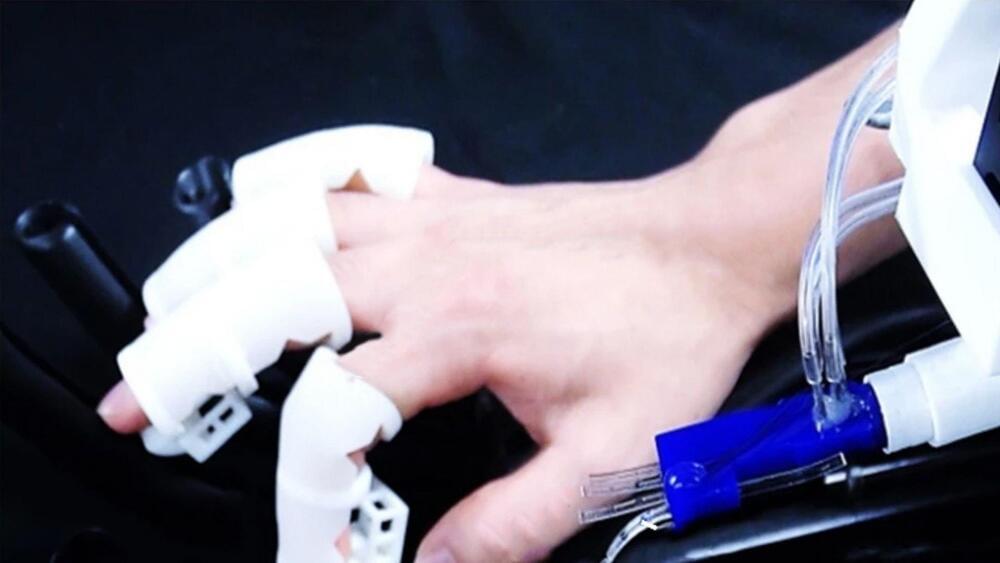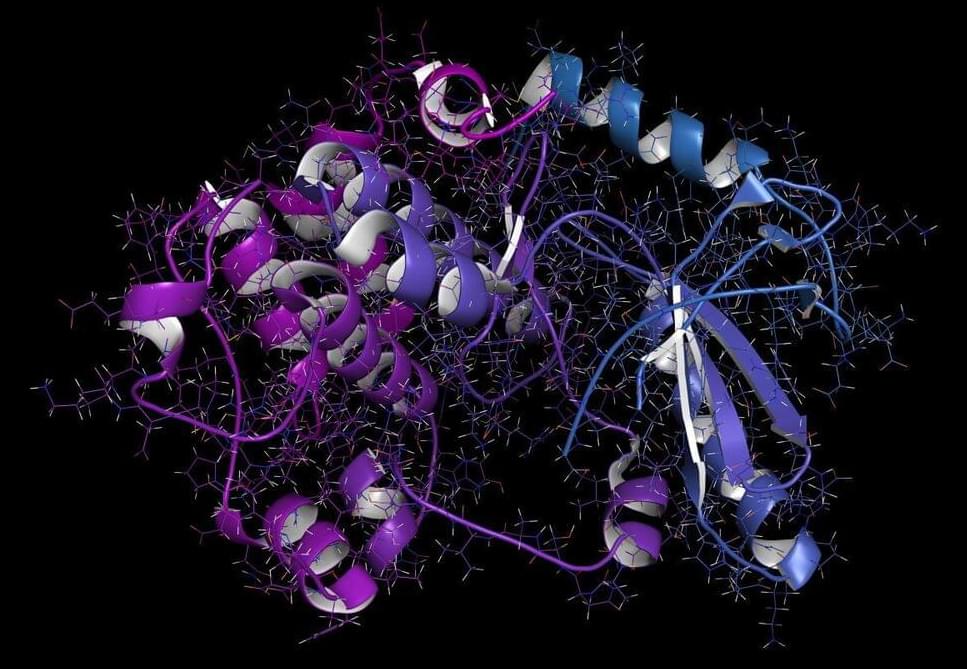The researchers revealed that deep convolutional neural networks were insensitive to configural object properties.
Deep convolutional neural networks (DCNNs) do not view things in the same way that humans do (through configural shape perception), which might be harmful in real-world AI applications. This is according to Professor James Elder, co-author of a York University study recently published in the journal iScience.
The study, which conducted by Elder, who holds the York Research Chair in Human and Computer Vision and is Co-Director of York’s Centre for AI & Society, and Nicholas Baker, an assistant psychology professor at Loyola College in Chicago and a former VISTA postdoctoral fellow at York, finds that deep learning models fail to capture the configural nature of human shape perception.








